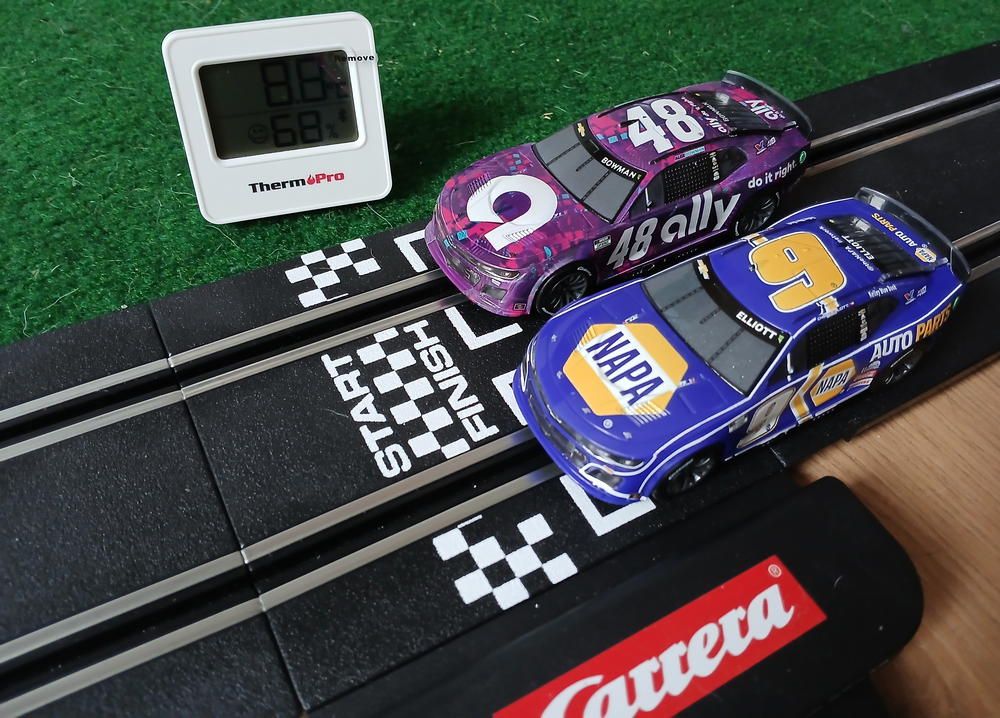
Temperature is a physical element that should not be ignored. On a thermal engine, we say that we have to wait for the engine to warm up, but if it is too hot, it is not good.
I wondered how temperature influences the performance of a car and how the temperature varies on a car.
I asked an AI about the subject of temperature and it told me a lot of interesting elements. You can find its information in the AI section of the site.
I looked for a way to obtain results that are easy to use, something more scientific than putting your finger on a part of the car and saying “I have the impression that it is a little hot”. I thought of the laser gun that measures the temperature at a point. But it is not easy to beep all the parts of a car and record everything. Fortunately, I found a thermal camera with which you can take pictures. And then we will have a good idea of what is happening.
On this test day, the room temperature is barely 9°C for 68% humidity. The slightest source of heat is easy to observe. The track mounted is a NASCAR style ring with 2 180° turns in banked R1 curves spaced about 3m apart, so a rather fast track that will allow you to rev up to warm up the car well. Given the style of track I chose to do the test with one of the last cars to arrive, Chase Elliott’s NASCAR #9.
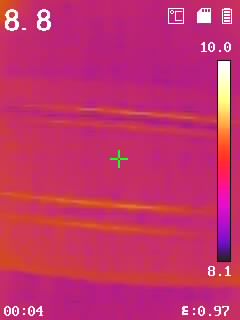
When cold, a quick look with the thermal camera and we can’t see anything at all, which is normal, it means that the whole car is at the same temperature, and the same is true for the track. Everything is the same color on the screen.
Let’s go for 5 minutes of warming up on the circuit. We don’t hesitate to use the turbo on the straights to warm up properly. Then we stop the car and put it on its back to visualize its thermal footprint. We will see several parts of the car:
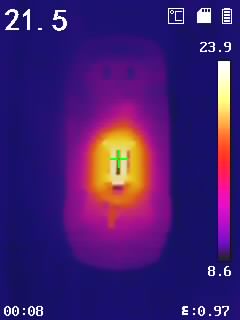
- chassis
- engine area
- magnet
- transmission
- tires
- guide
We note that after 5 minutes we have a hot spot at the engine level with a temperature of approximately 21.5°C.
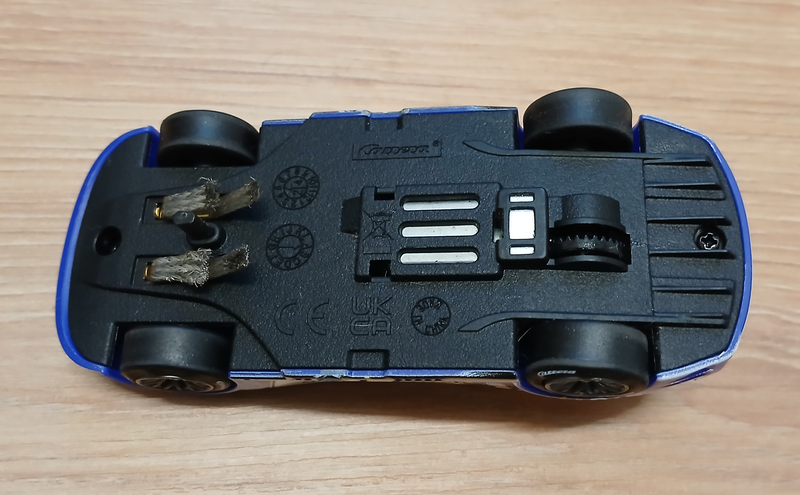
No sign of overheating on the tires or braids or guide.
The braids that constantly rub on the track, do not seem to heat up, just like the guide.
Nothing on the tire side either, front or rear.
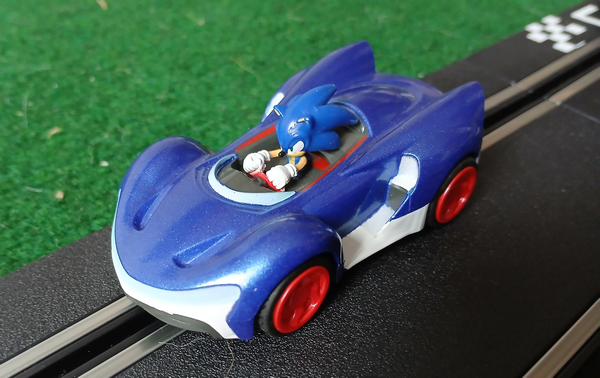
A second test is carried out with the Sonic car.
Same test principle in the same circumstances.
After several minutes of driving, what does the thermal vision give?
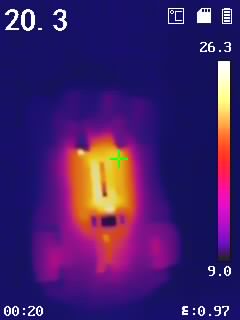
The result is the same, a single heat source at the engine level.
On the track side, after many passes the results are identical to the tires and braids, no trace of heating.
At the end of the test I took the opportunity to look at what was happening on the power supply unit and the starting rail.
Power supply unit
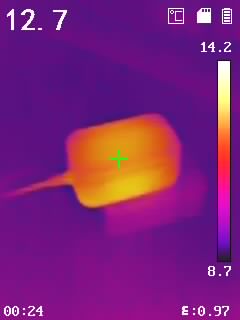
We notice a very slight warming, nothing to be alarmed about, it is normal with the passage of current.
Starting rail
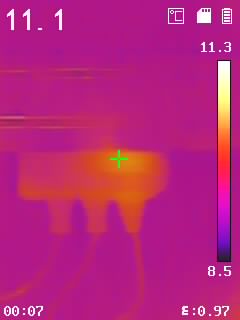
There is also heating in the starting rail block at the power supply arrival point.
This little test did not reveal any hot spots on the braids, the guide, the tires, but the absence of elements is an answer. I thought that the friction of the braids would have revealed a little heat but no. For the tires I did not think that we would see anything, without certainty, but indeed we do not see anything.